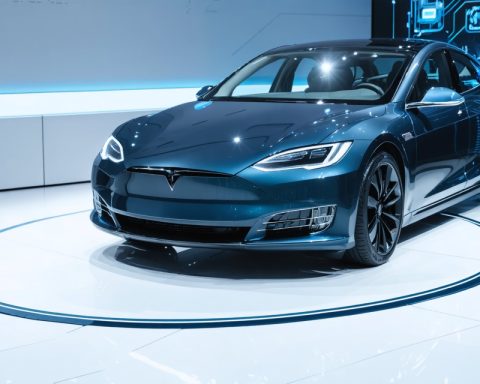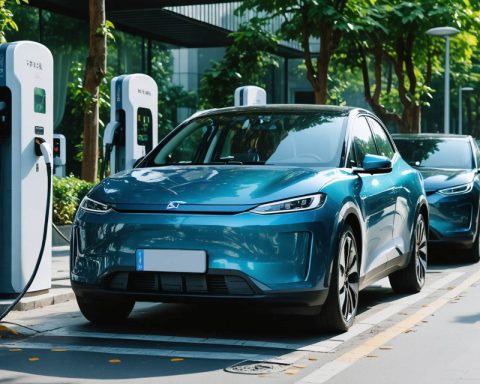In un tragico sviluppo degli eventi, un uomo di 60 anni di Widnes, Cheshire, è deceduto oltre un mese dopo essere caduto da una bicicletta elettrica. L’incidente è avvenuto venerdì 19 aprile su Deacon Road a Widnes. La polizia ha confermato che non sono stati coinvolti altri veicoli nell’incidente.
I servizi di emergenza sono stati chiamati sul posto intorno alle 16 di quel giorno, dove il ciclista è stato immediatamente assistito dai paramedici. Successivamente è stato trasportato all’ospedale di Aintree a Liverpool. Inizialmente, le sue lesioni non erano considerate pericolose per la vita. Tuttavia, la sua condizione si è purtroppo aggravata nel tempo, portando alla sua prematura scomparsa mercoledì 22 maggio.
Mentre l’indagine sull’incidente è ancora in corso, la polizia di Cheshire invita i testimoni a fornire eventuali informazioni che potrebbero far luce sulle circostanze dell’incidente. In una dichiarazione, il sergente Russ Sime ha sottolineato l’importanza di raccogliere qualsiasi prova disponibile: “Esortiamo chiunque abbia assistito all’incidente o potrebbe avere registrato filmati rilevanti sul proprio cruscotto o CCTV a presentarsi e aiutarci nelle indagini”.
Al momento, agenti specializzati stanno fornendo supporto alla famiglia del ciclista durante questo momento difficile. Le autorità incoraggiano le attività commerciali e i residenti locali a fornire eventuali filmati delle telecamere di sicurezza che potrebbero aiutare nelle indagini a contattare la polizia.
La perdita di una vita è sempre una tragedia e questo incidente ci ricorda l’importanza della sicurezza stradale per tutti i ciclisti e gli automobilisti. Mentre le indagini continuano, le autorità sperano che le informazioni fornite dai testimoni e dai filmati possano contribuire a dare una qualche chiusura alla famiglia del ciclista deceduto.
Se hai informazioni su questo incidente, ti invitiamo a contattare la polizia di Cheshire al numero 101, citando il numero di riferimento IML 1804116.






